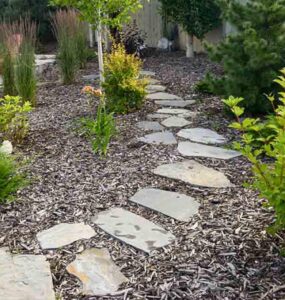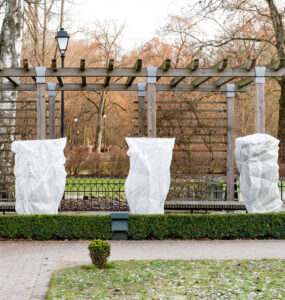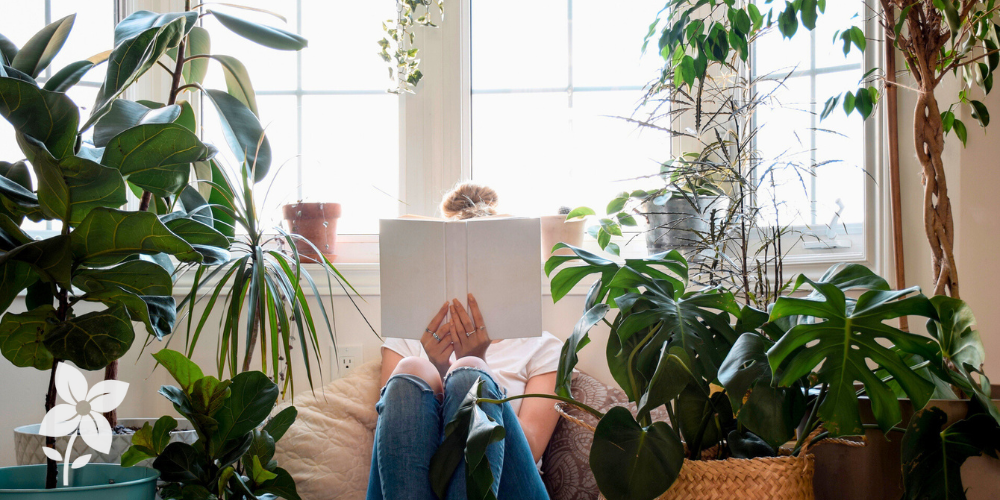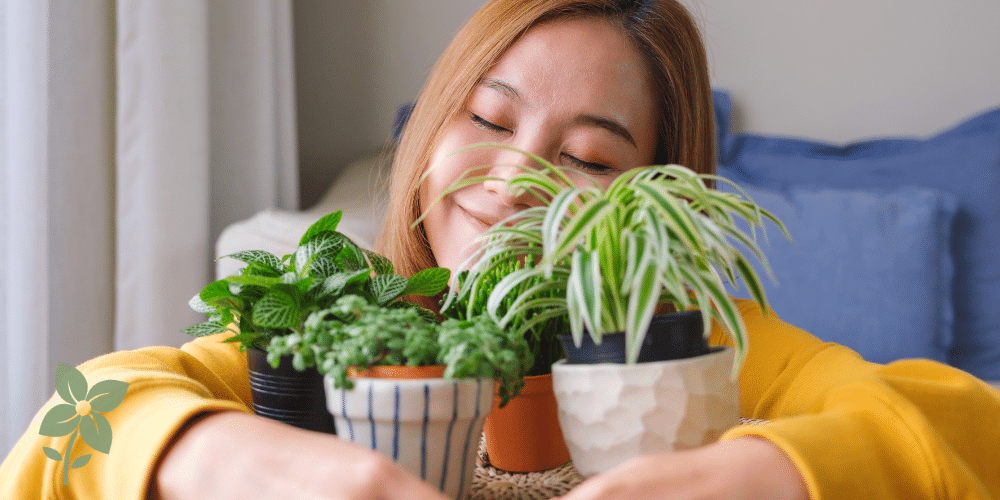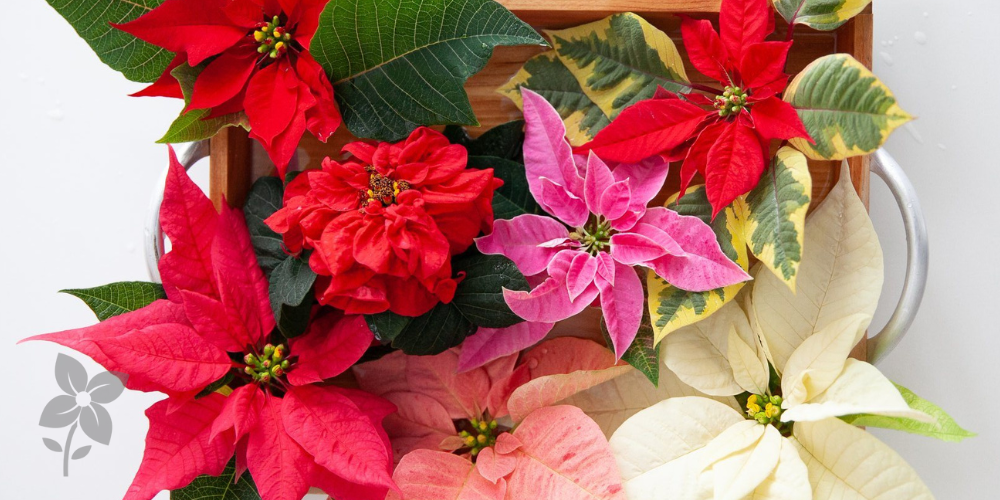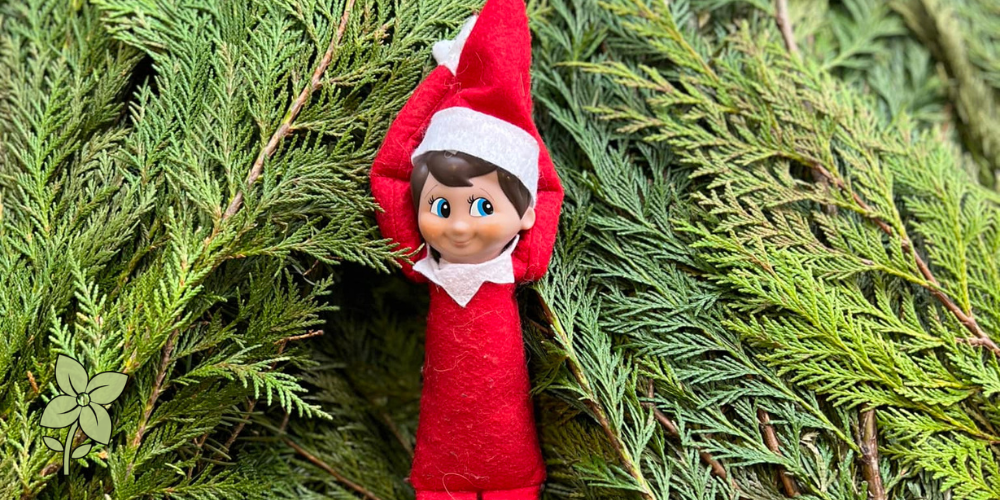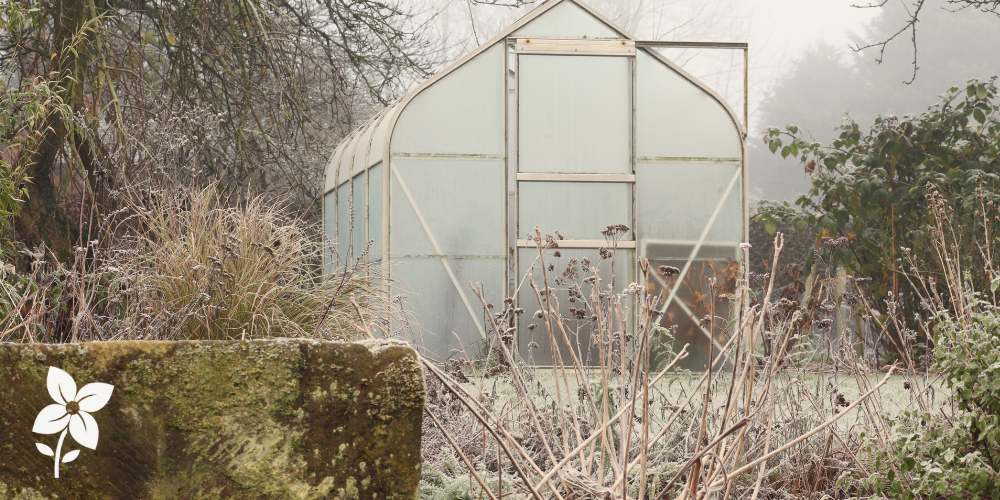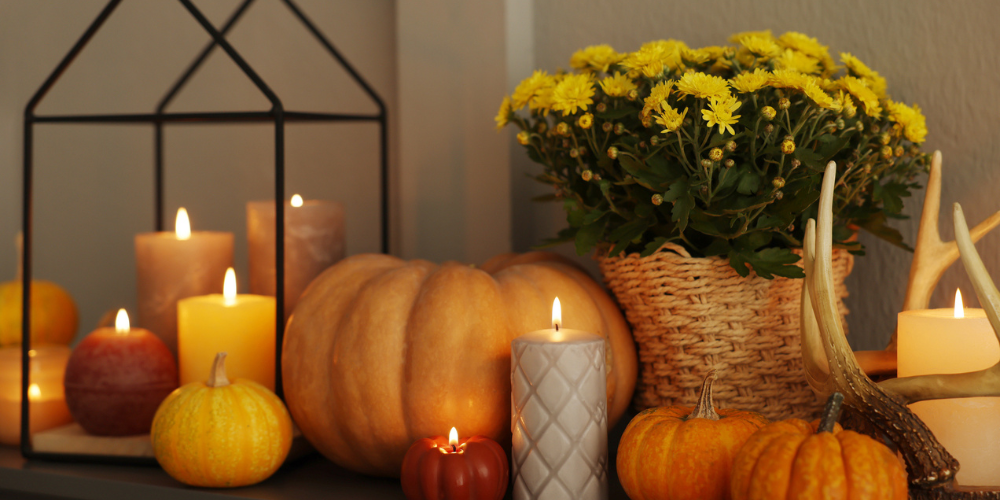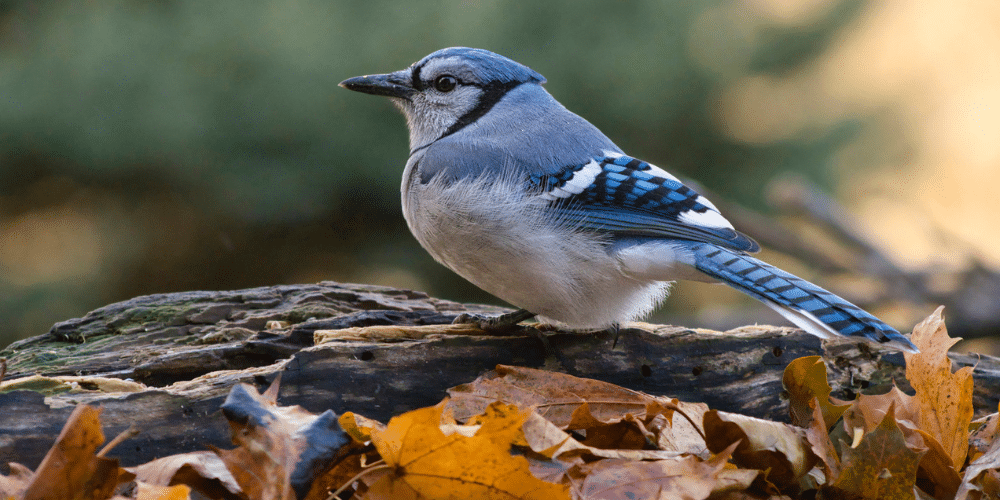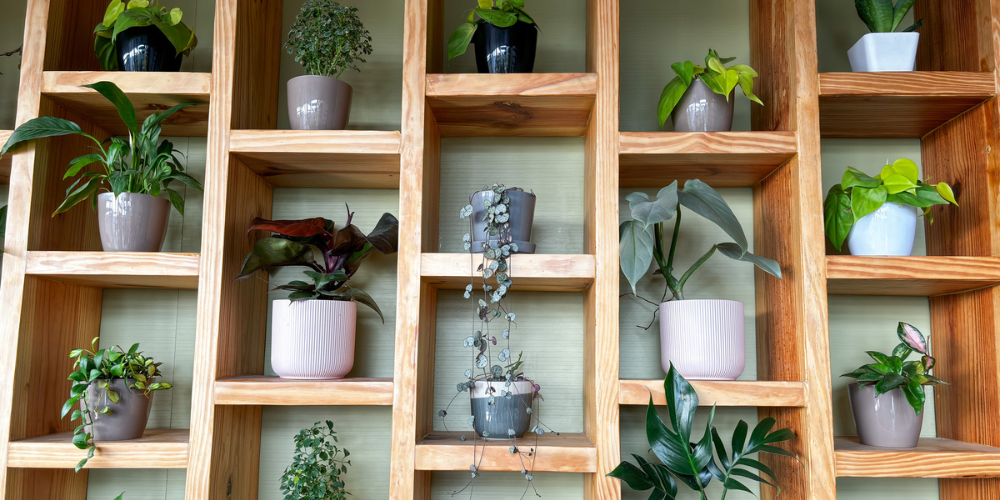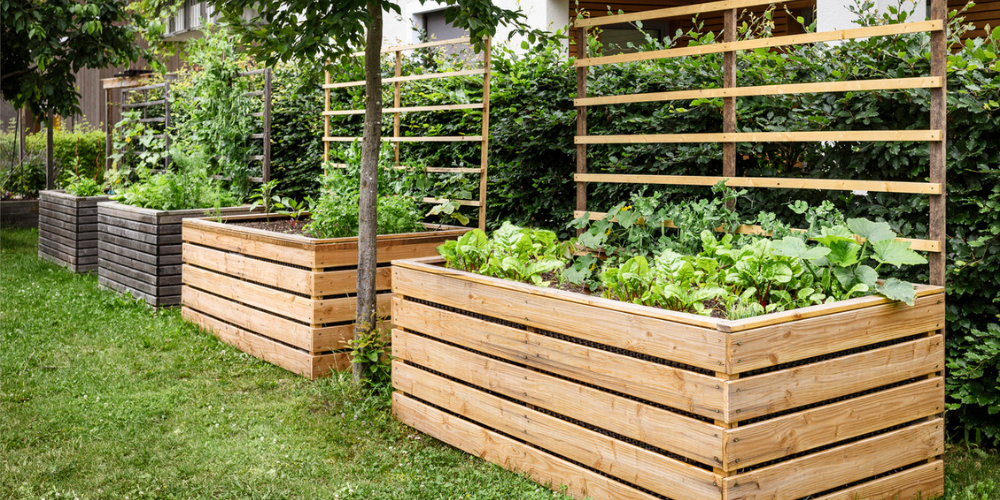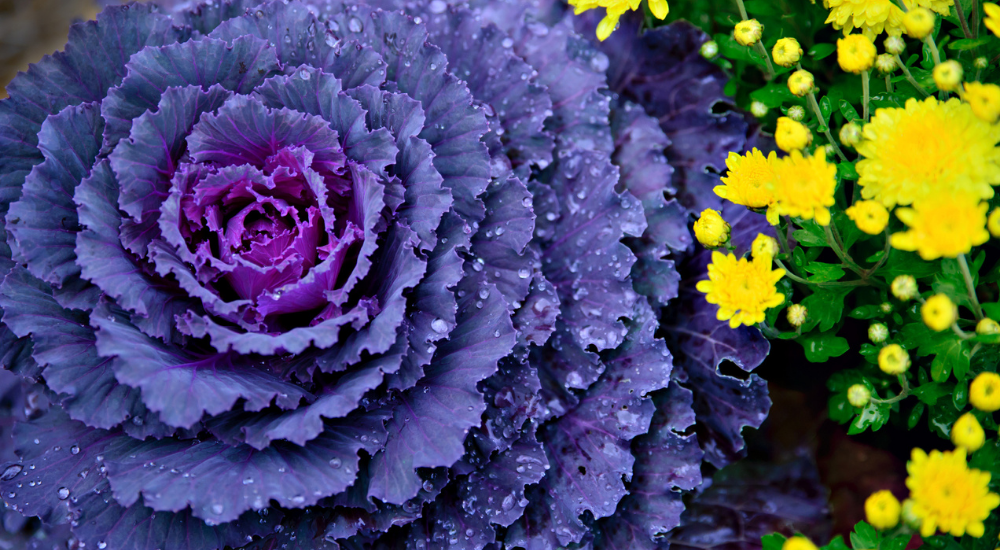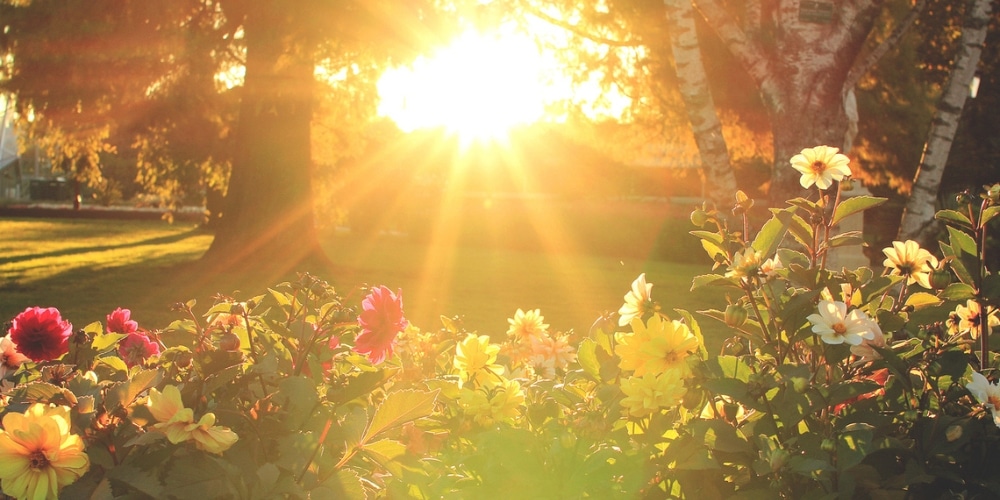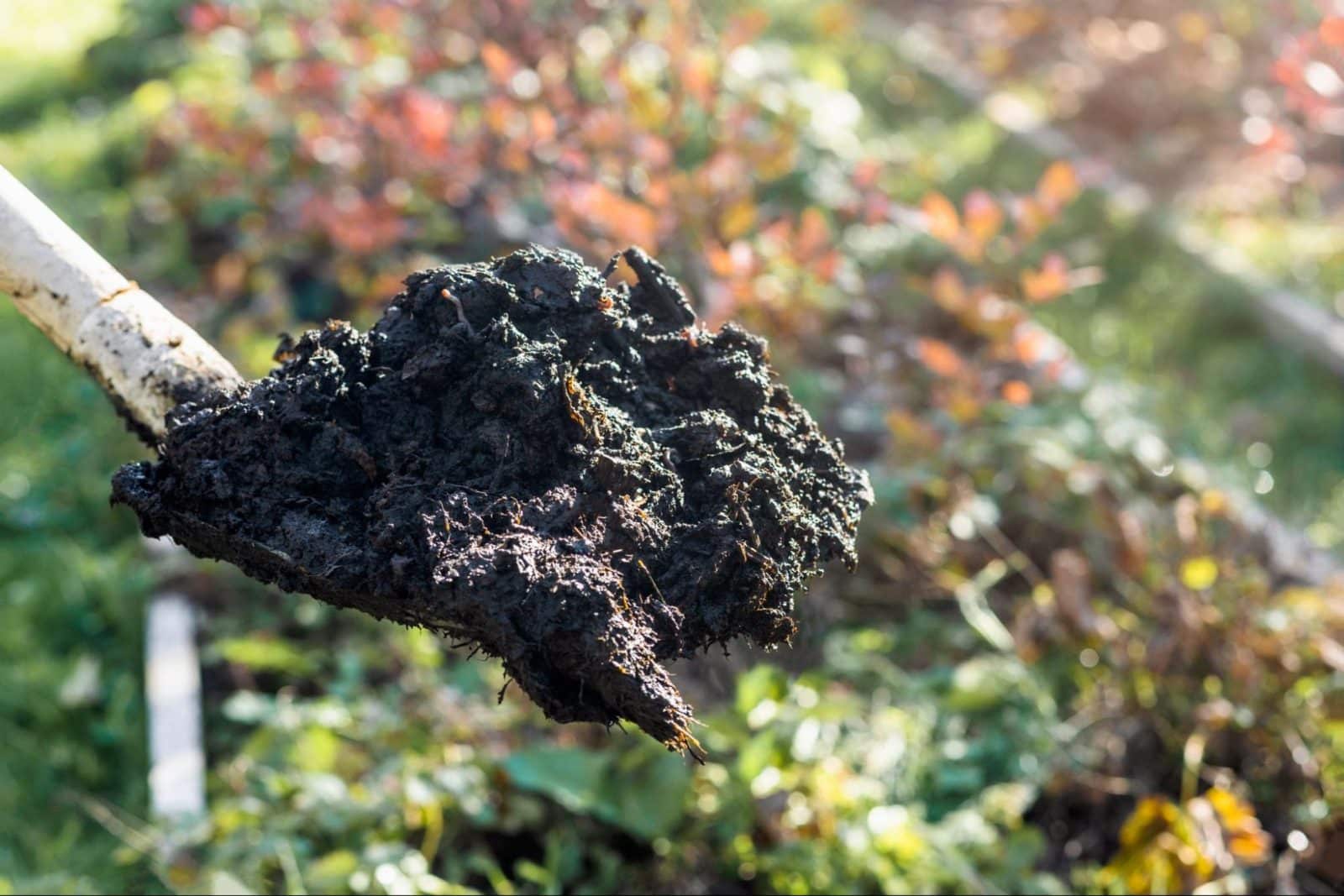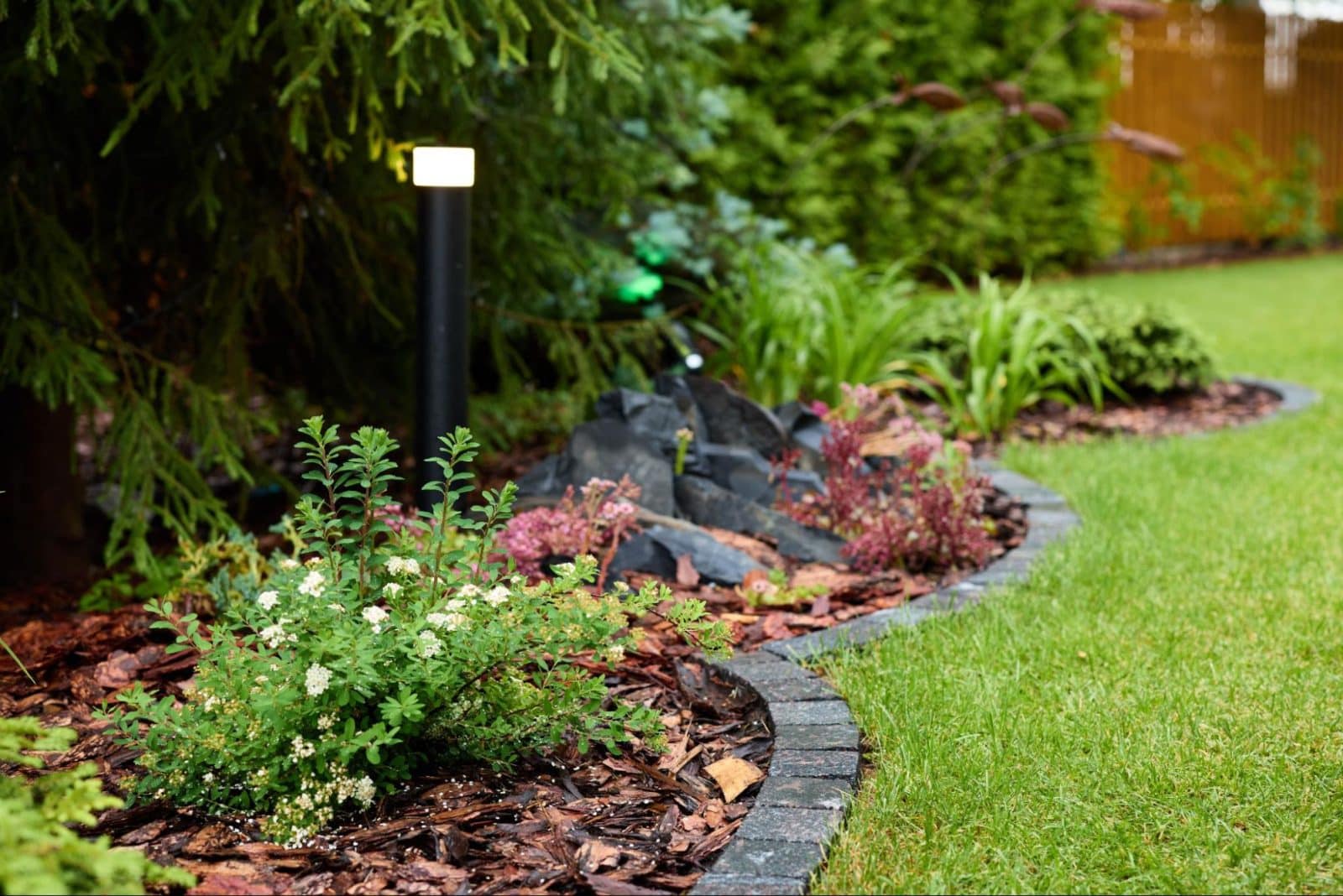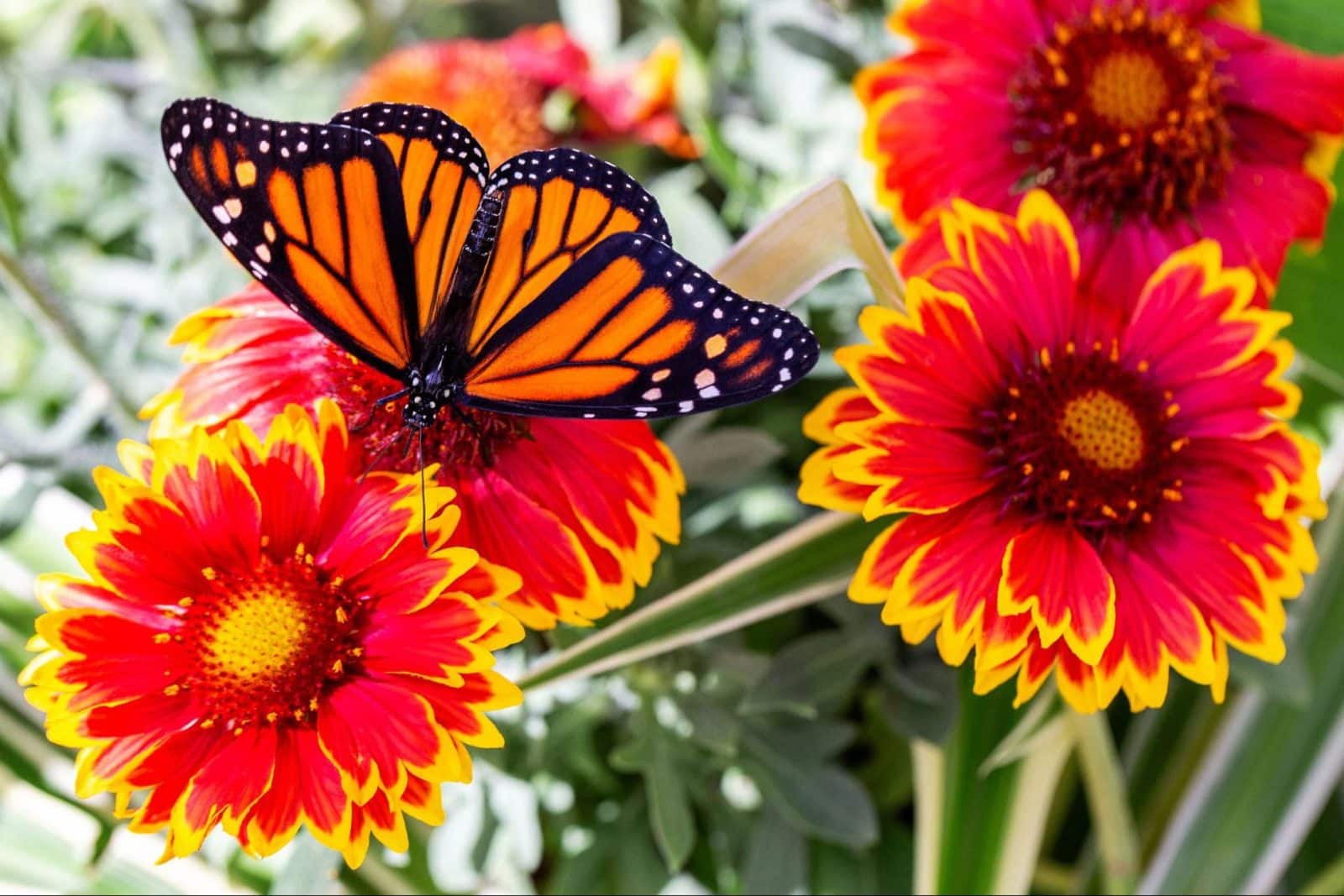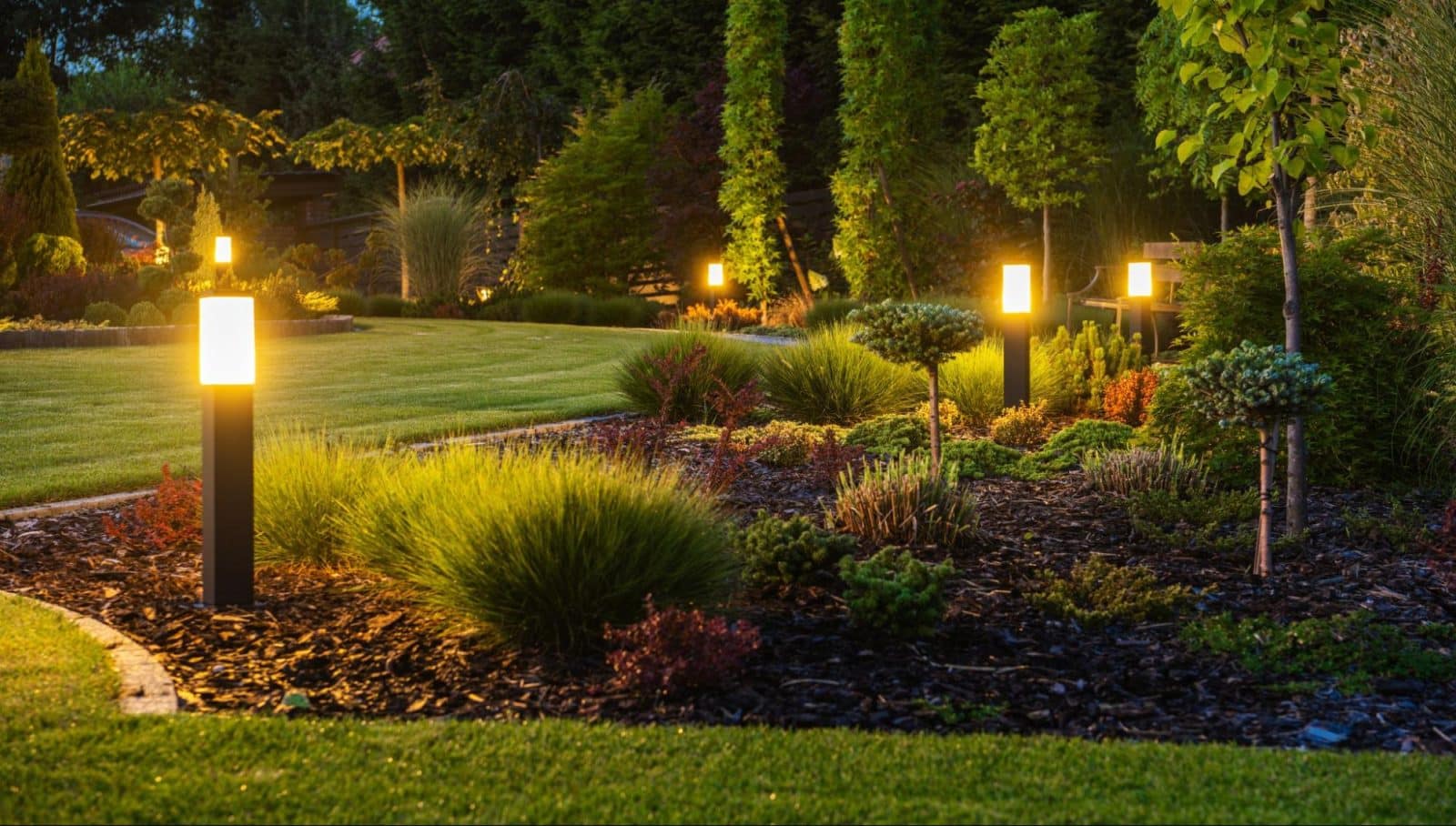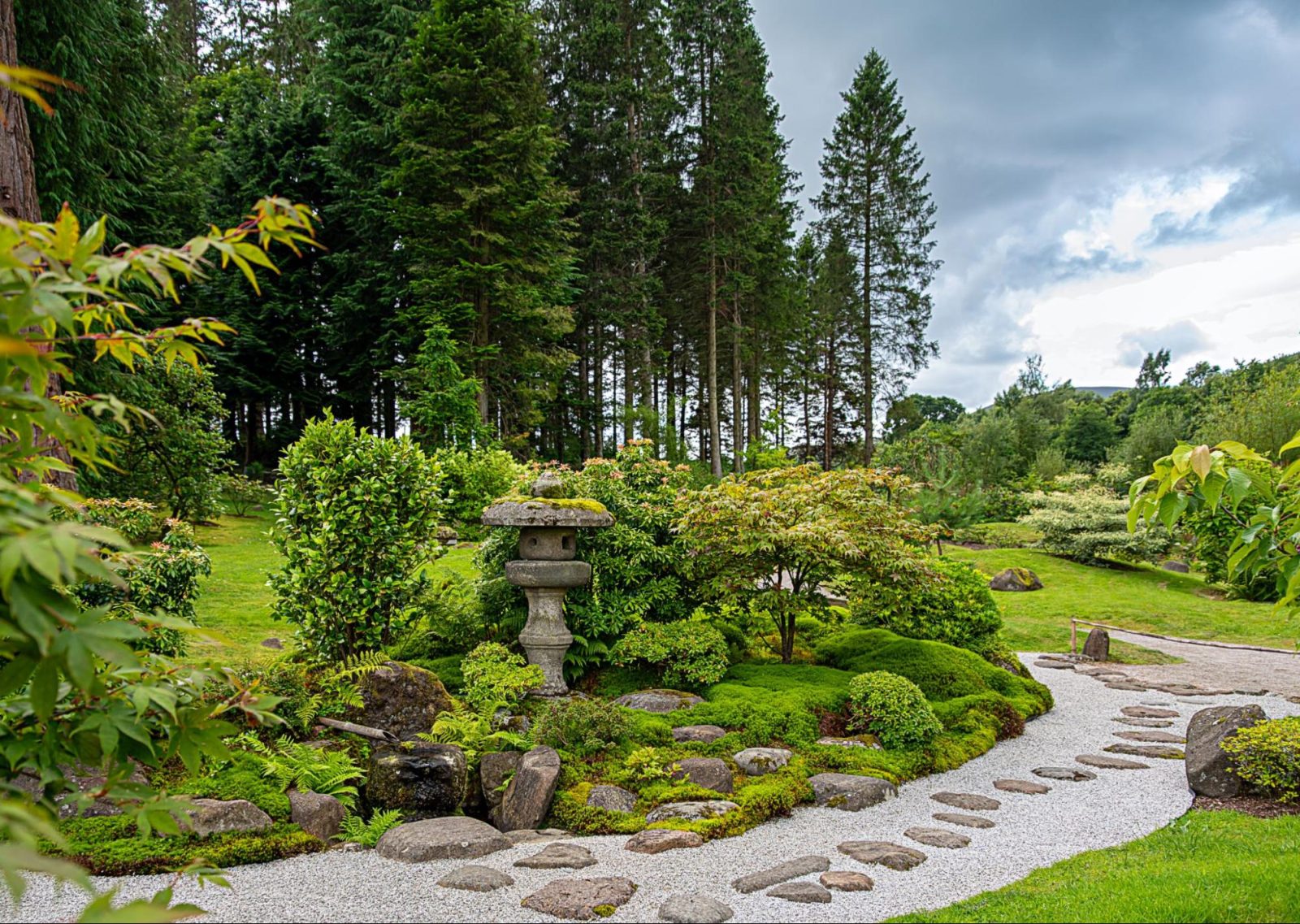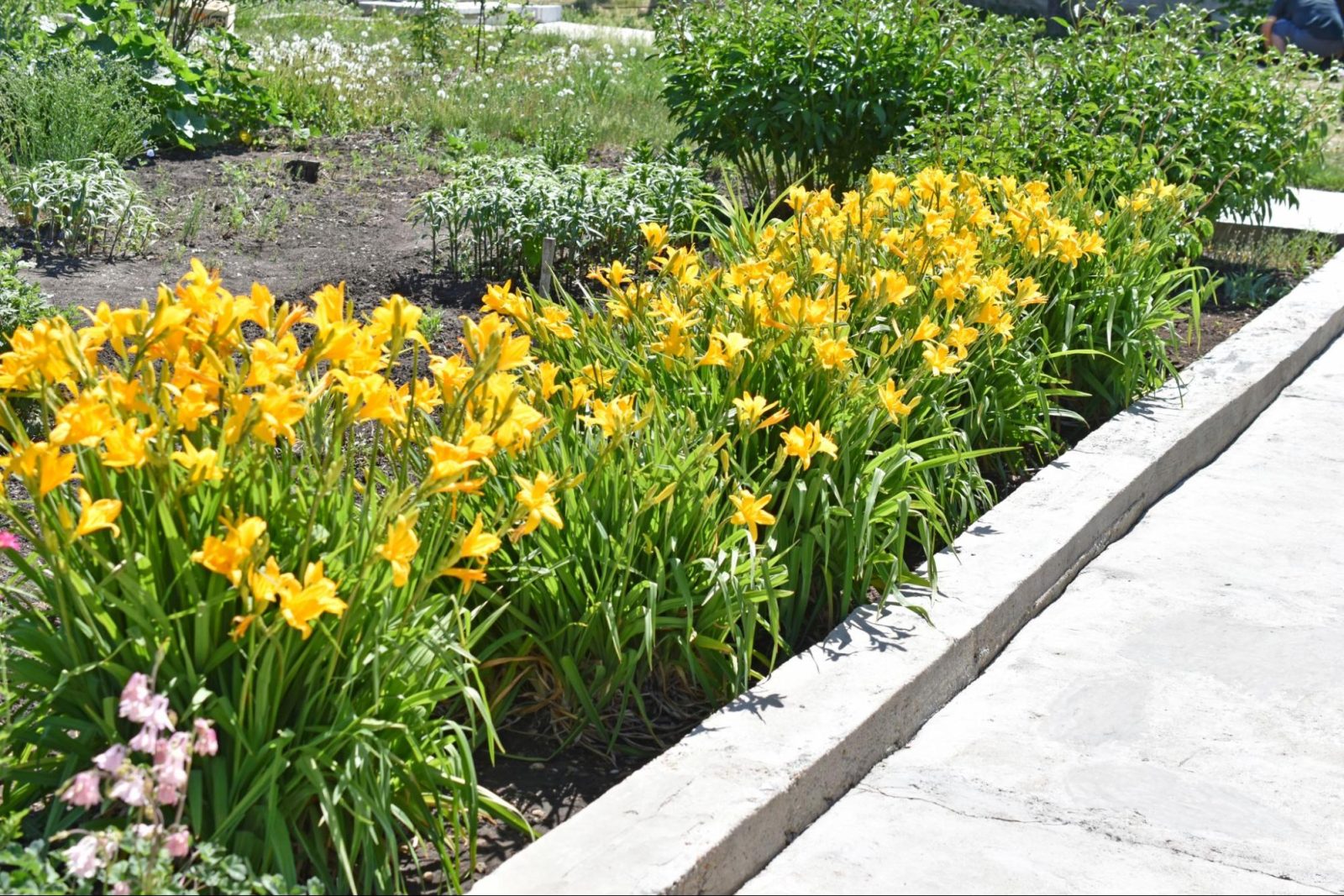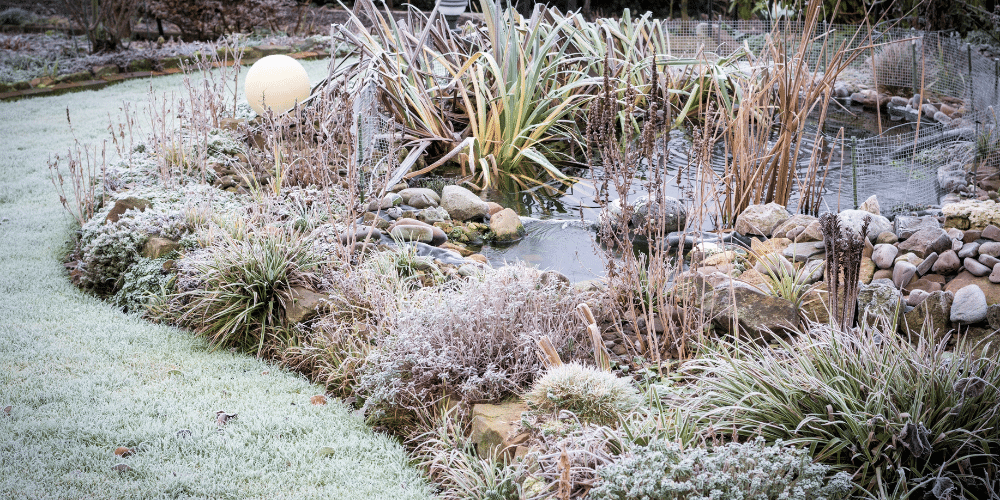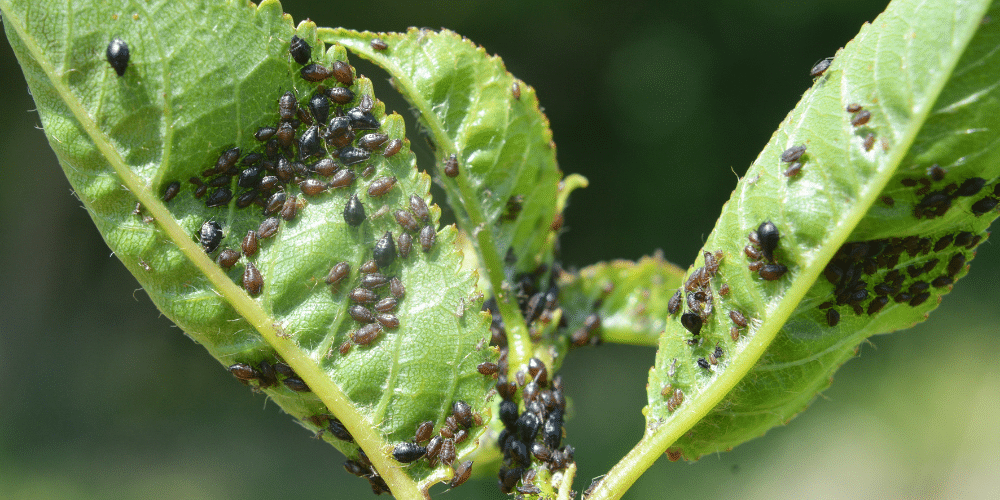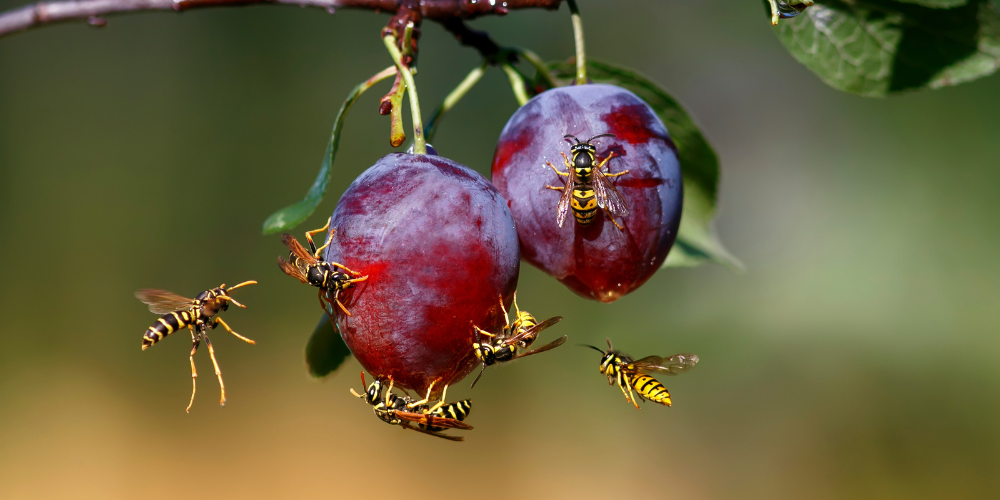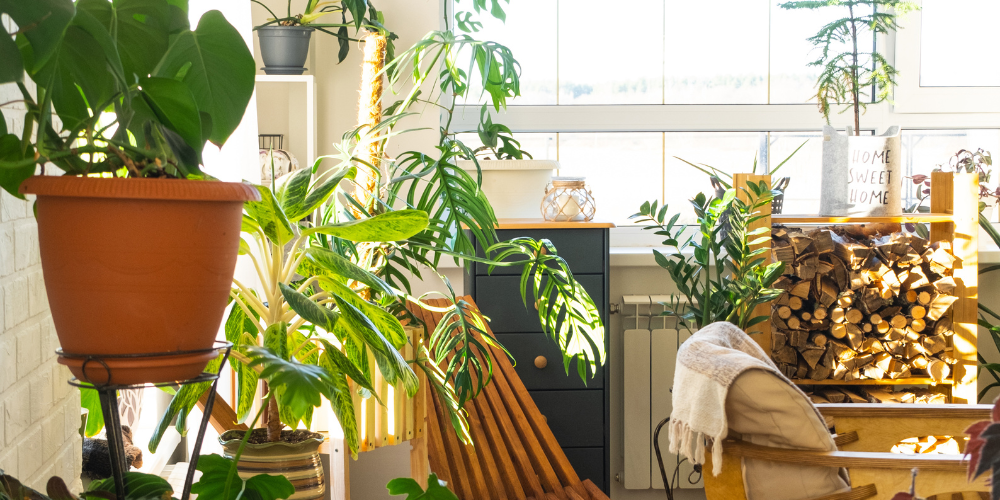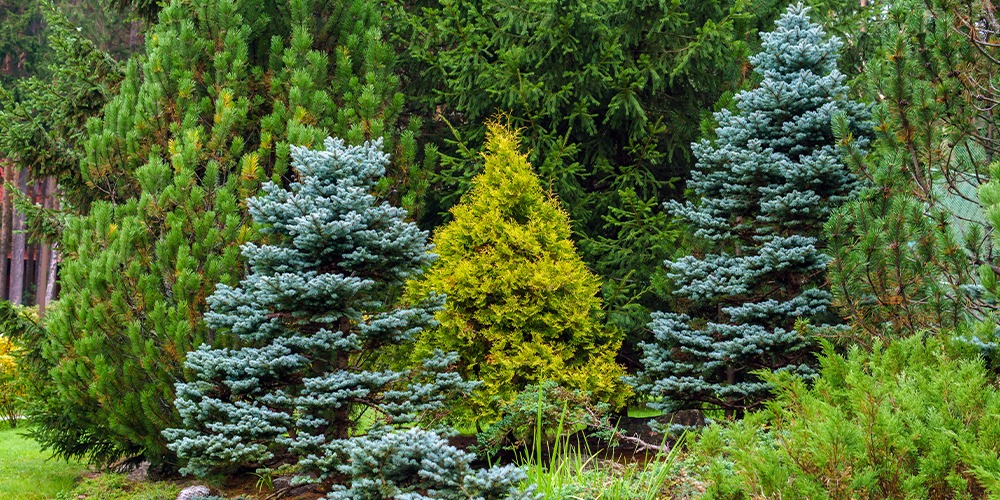
The best time to plant a tree was twenty years ago, the second-best time is now.
~ Chinese Proverb
Truer words have not been written. When we moved into our new home, we were surrounded by plain wood fences and faced all the neighbours’ yards. Our budget at the time was tight, but I’m so glad we didn’t wait to plant our trees because now, almost twenty years later, we have a lush, private backyard full of pine trees, maples, and oak. Regardless of your stage in life, if you are moving into a new home or simply looking to revamp your outdated outdoor space”“there is no better solution to privacy and curb appeal than planting trees.
Spring is the ideal time for planting trees as the ground is softening and the temperatures are mild, giving your new tree the best chance at success and establishment before winter. Tree planting can seem daunting and something best left to the professionals, but if you follow our easy how-to tips below, then anyone can learn how to successfully plant a tree””or many trees (why stop at one?).
1. Consider Size and Sun
Before you head to the local tree nursery, take a good look at your landscape space (and snap a few photos for reference). With pen and paper in hand, ask yourself these key questions:
- Where do I want to create shade?
- How much sunlight does my landscape receive? Morning sun? All-day sun? Afternoon sun? OR look at directional sunlight, ex: East-facing? West-facing?
- Where do I want to create privacy screens?
- How big is my yard? (We suggest you measure.)
- Is there pooling water in certain areas that I’d like to clear up?
- Is there a concrete patio or walkway that won’t suit invasive roots?
- What is my soil like? Is it mostly clay? Sandy? Here is an interactive soil survey map to help.
- What is my style? Modern? Country garden? Traditional?
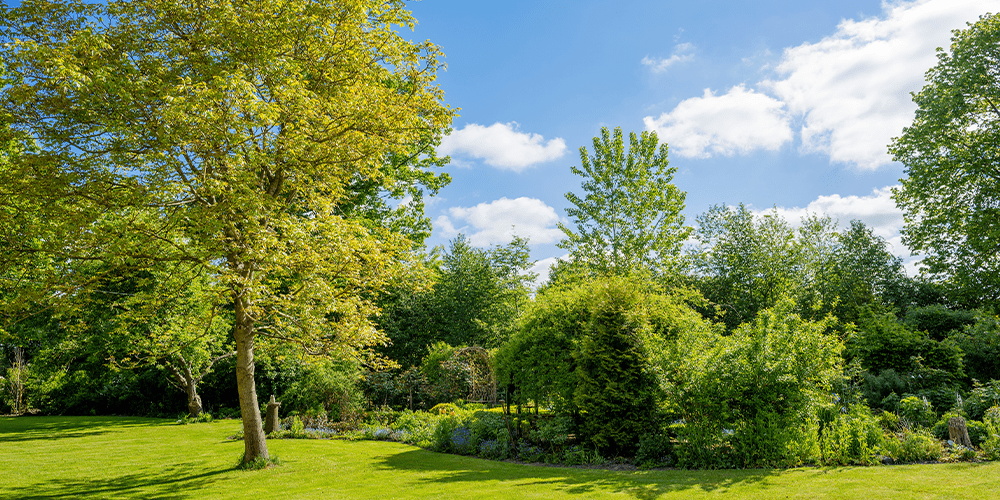
With the answers to these questions in hand, now it’s time to head to the nursery. Your tree nursery professional will be so happy to see how well-prepared you are; it makes our job much easier when you can help us envision your landscape. We can then quickly and accurately show you your best options, explain how to plant your tree, and offer the most custom-fit tree care tips.
2. The Right Tree for the Right Location
After a tour of the nursery, it’s time to choose the right tree(s) for you. With guidance, try and stick to the trees that best suit your landscape. There’s no sense in planting a huge, thirsty weeping willow (Salix babylonica) in a small, bone-dry backyard or a small ornamental crabapple (Malus spp.) in an area where you want a large shade tree.
Different tree species have different size, light, soil, and water requirements. When in doubt, take a look at the individual tree tag directions and listed requirements. Once you find the right tree for your location, buy it, bundle it up, and bring it home. Congratulations, you are now a new plant parent!
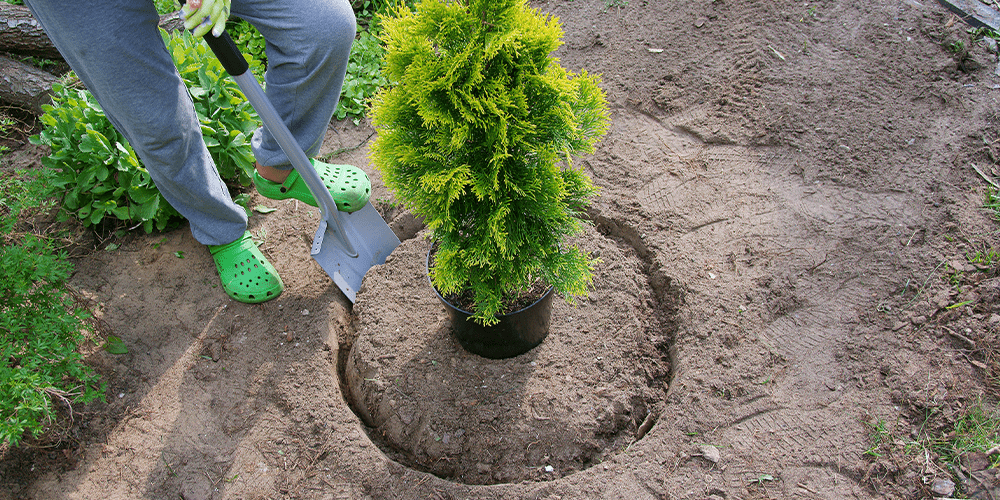
3. Prep and Fill the Planting Hole
We suggest planting the tree as soon as possible. If not the same day, then place the tree in a shaded area, making sure to give it water (we water our nursery trees every day). Here’s how to prep the hole before you plant your tree:
- Dig a hole as deep as the root ball and two or three times as wide.
- Loosen the roots around the rootball of the tree; this encourages root growth and avoids compaction.
- Amend the soil with compost, sea soil, or garden soil mix. To easily do this, I suggest you put all of the native soil you dig up into a wheelbarrow and mix your compost/amendment into that. Usually, the formula is â…“ compost to â…” native soil, or more toward a 50/50 ratio if the soil is in dire straits.
- Place the tree into the hole, and begin to backfill your amended soil mixture around the tree (it helps to have one person hold the tree upright as you do this step). Tamp down the soil as you go, eliminating air pockets.
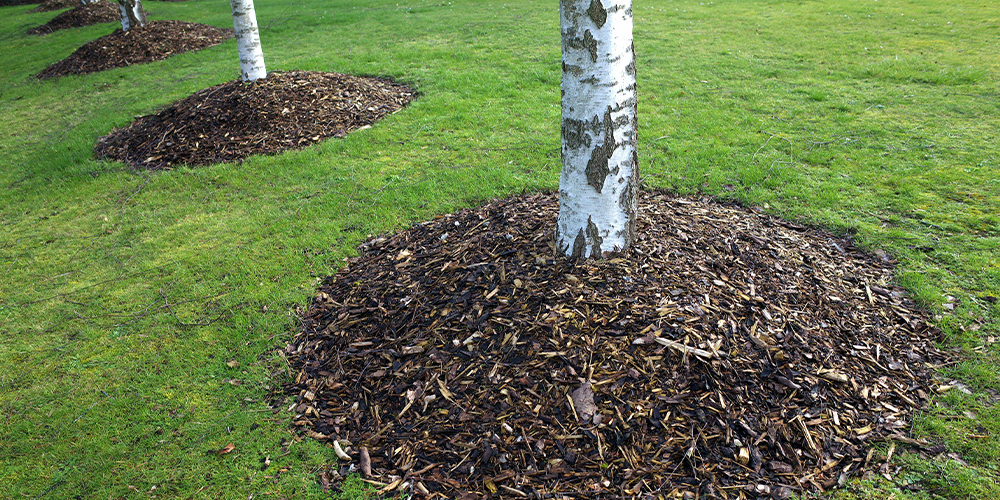
4. Mulch Matters
Mulch is key for insulating your newly planted tree roots, maintaining soil moisture, and managing soil temperature. We suggest a 2-3 inch layer of mulch around the tree, avoiding the lower trunk area (when mulch touches the lower trunk, it can suffocate it, causing rot). In addition, if your location is windy, we suggest a good tree staking kit until the roots are sturdy and established.
5. Water, Watch and Wait
Planting new trees is akin to taking care of a new baby; those first few months are critical for its development. Here are our main watering tips when planting trees:
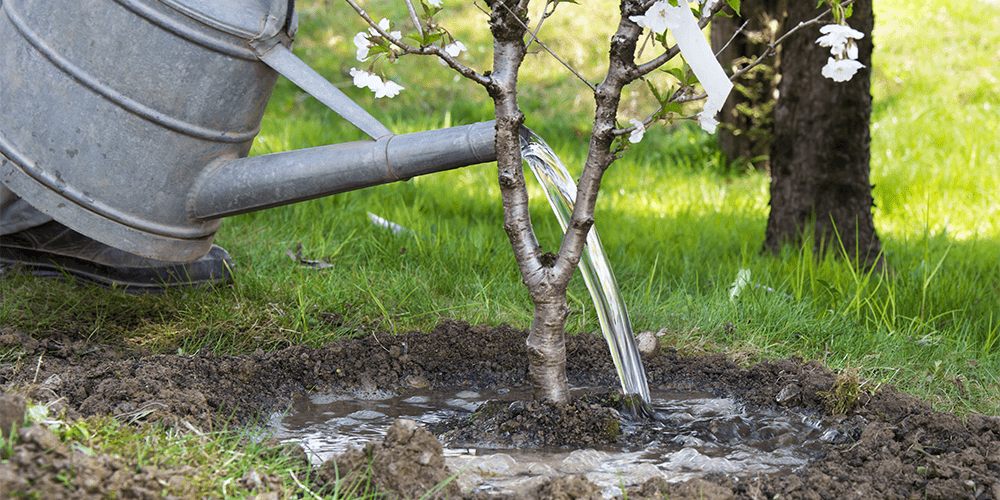
- Water right away after planting. Watch as the water begins to pool, then step back and watch how long it takes for the pooling water to absorb”“this is usually a good indication of how much you have saturated the soil.
- During that crucial first month, you should water the tree two to three times a week, depending on the weather. Consider buying a rain gauge for an accurate measurement of precipitation.
- After four weeks, water the tree once or twice a week, again depending on the weather.
- These are all guidelines, which can vary due to location, weather, soil type, and tree variety, so use your best judgment””and when in doubt, ask us!
Learning how to plant trees isn’t that hard, is it? Enjoy your new plant baby as it grows. And the best part””trees don’t go through the terrible twos or terrifying teen years the way real kids do!


